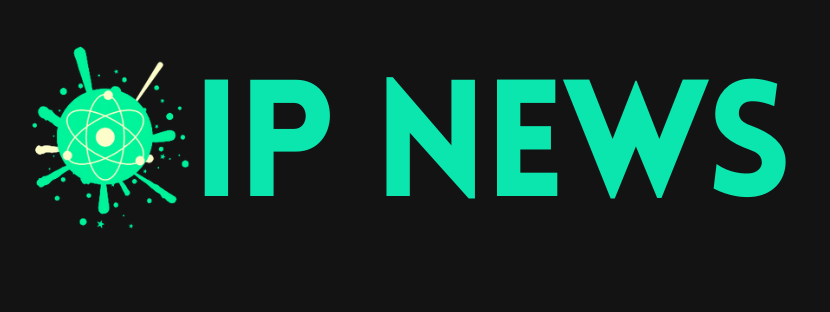Why Post-Marketing Surveillance is Critical for Long-Term Drug Safety
In the pharmaceutical industry, ensuring patient safety does not end once a drug receives regulatory approval. In fact, some of...
In the pharmaceutical industry, ensuring patient safety does not end once a drug receives regulatory approval. In fact, some of the most crucial safety monitoring begins only after a product enters the market. Post marketing surveillance and pharmacovigilance play a central role in identifying, assessing, and preventing adverse drug reactions that may not have been detected during clinical trials. For organizations like Allucent, advancing drug development while safeguarding patient well-being relies heavily on robust long-term monitoring strategies.
Why Post-Marketing Surveillance Matters
Clinical trials, despite being rigorous, have inherent limitations. They involve a controlled population, relatively smaller sample sizes, and shorter durations compared to the real-world use of a medication. Once a drug reaches the market, it is prescribed to diverse patient groups with varying ages, genetic backgrounds, co-morbidities, and concurrent medications. This complexity often reveals rare or long-term adverse effects that clinical trials could not capture.
Post-marketing surveillance serves as a safeguard, providing real-world evidence of a drug’s safety and effectiveness. It not only identifies potential risks but also informs healthcare professionals, regulatory bodies, and pharmaceutical companies about necessary precautions, dosage adjustments, or even drug withdrawals when required.
The Role of Pharmacovigilance
Pharmacovigilance is the science of detecting, assessing, and preventing adverse drug reactions and other medicine-related issues. In practice, it complements post-marketing surveillance by creating structured systems for data collection, analysis, and reporting. Adverse event databases, electronic health records, patient registries, and spontaneous reporting mechanisms all contribute to pharmacovigilance activities.
For Allucent and other organizations dedicated to clinical research and drug development, pharmacovigilance ensures that patient safety remains a top priority throughout a drug’s lifecycle. By leveraging advanced analytics and global reporting networks, pharmacovigilance teams can quickly detect safety signals, analyze patterns, and recommend evidence-based interventions.
Benefits of Long-Term Monitoring
- Enhanced Patient Safety – Identifying rare or delayed side effects allows healthcare providers to make informed prescribing decisions and minimize risks.
- Regulatory Compliance – Regulatory authorities such as the FDA and EMA mandate ongoing safety reporting. A strong pharmacovigilance system ensures adherence to these requirements.
- Real-World Effectiveness Data – Post-marketing data provides valuable insights into how drugs perform across broader populations, supporting improvements in treatment guidelines.
- Reputation and Trust – Transparent safety monitoring enhances public confidence in pharmaceutical companies and their products.
- Innovation Support – Lessons learned from surveillance can inform the development of safer, more effective future therapies.
The Allucent Approach
At Allucent, we recognize that long-term drug safety is just as important as clinical trial success. Our post marketing surveillance and pharmacovigilance services are designed to meet global regulatory requirements while protecting patients. Through proactive monitoring, data-driven safety assessments, and expert risk management strategies, we help sponsors address safety concerns efficiently and effectively.
Our integrated approach ensures that safety insights translate into actionable decisions, supporting both regulatory compliance and patient well-being. With experience across multiple therapeutic areas, we bring deep expertise in pharmacovigilance operations, signal detection, risk evaluation, and benefit-risk communication.
Conclusion
Post-marketing surveillance is not merely a regulatory requirement—it is a vital component of long-term patient safety. Pharmacovigilance systems provide the framework to monitor, evaluate, and respond to potential risks in real-world settings. For sponsors and research partners, aligning with experts like Allucent ensures that safety remains at the forefront of every drug’s lifecycle. By embracing proactive safety monitoring, the pharmaceutical industry can continue delivering innovative therapies with confidence and care.

